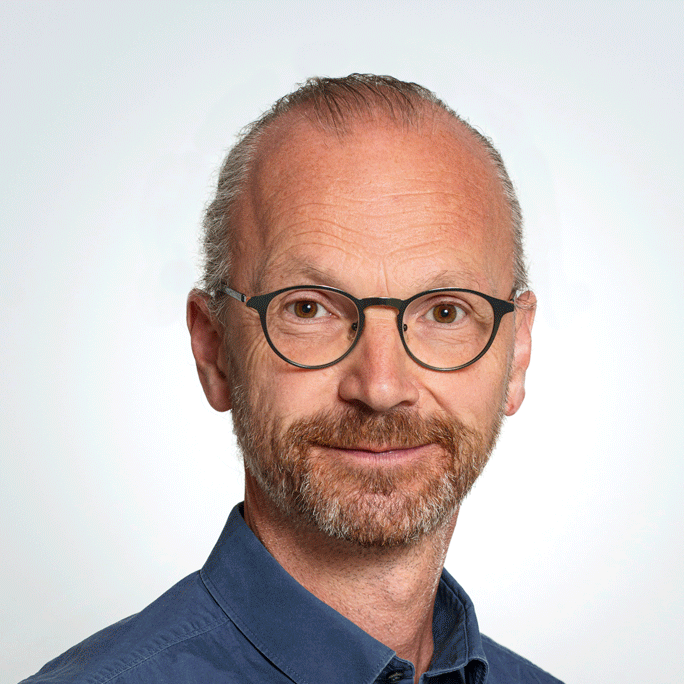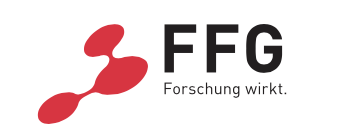- About us
- Research expertise
- DIGITAL – Institut für Digitale Technologien
- MATERIALS – Institut für Sensorik, Photonik und Fertigungstechnologien
- ROBOTICS – Institut für Robotik und Flexible Produktion
- COREMED – Zentrum für Regenerative Medizin und Präzisionsmedizin
- HEALTH – Institut für Biomedizinische Forschung und Technologien
- LIFE – Institut für Klima, Energiesysteme und Gesellschaft
- POLICIES – Institut für Wirtschafts-, Sozial und Innovationsforschung
- Business areas
- Products & services
- Research infrastructure
- Beteiligungen
- Career
- Aktuelles
- Publications
- Kontakt zu uns
OptoQuant
DURATION:
06/2021
—
05/2024
TOTAL PROJECT DURATION:
3 Years

Laser laboratory Weiz, credit: JOANNEUM RESEARCH/ Bergmann
The Project
OptoQuant is intended to provide the basis for being able to entangle 100 or more ion qubits in future, as opposed to the 10-20 entangled qubits shown to date. In order to enable this scaling of systems by linking processors, research is to be carried out into the integration of optical interfaces and the realisation of networks in quantum computers. The results should also drive forward the standardisation of quantum technologies.
You are currently viewing a placeholder content from Youtube. To access the actual content, click the button below. Please note that doing so will share data with third-party providers.
Research groups
Downloads
Customer
Österreichische Forschungsförderungsgesellschaft (FFG)
Project partners
JOANNEUM RESEARCH Forschungsgesellschaft mbH, Infineon Technologies Austria AG (Koordinator), Universität Innsbruck – Institut für Experimentalphysik
Project details
Various architectures of quantum processors for the realisation of quantum computers are currently being researched internationally: from stored ions and superconducting resonators to defects in crystal structures. These approaches usually focus on the realisation of a monolithic quantum processor in a single apparatus. However, this poses several scalability problems in the long term: from the standardisation of interfaces, miniaturisation and automation in production, to the realisation of quantum processor networks.
The OptoQuant project addresses these problems and
- is developing the basis for a future standardisation of ion trap processors in order to standardise and accelerate the development and testing of processors by different users,
- researches and realises ion traps with integrated optics based on modern semiconductor manufacturing processes in order to be able to mass produce ion traps with guaranteed high quality in the long term, and
- lays the foundations for quantum computer networks and quantum communication based on ion traps.
Current research efforts in other research groups are pursuing and extending the capabilities of ion trap-based processors from single to multiple processor zones to perform quantum operations in parallel. In addition, the first optical elements are being integrated into ion traps: traps are being developed based on the widely used CMOS technology, and optical waveguides are being integrated directly into the substrates. The problem with this approach is that the materials compatible with this fabrication strongly absorb the ultraviolet light required for many ion species, which limits scalability. OptoQuant's architecture explores and extends advanced methods from semiconductor manufacturing with multilayer production processes. This allows the use of quartz glass, which is transparent well into the UV range, solving the absorption problem described above. In addition, ultra-short laser pulses are used to "write" waveguides directly into the quartz glass with the aim of making them both single-mode and polarisation-maintaining - something that has not yet been demonstrated with these materials.
A first milestone of the project is the realisation of single-mode and polarisation-maintaining waveguides in UV-compatible substrates. Based on these findings, the first ion traps will be produced that are compatible with industrial production on the one hand and enable multiple processor zones with the help of the integrated waveguides on the other. These manufacturing methods will be fed into a currently non-existent standardisation process that covers the supply chain from compatible materials, assembly and quality control based on standardised interfaces to the characterisation of the ion trap processor.
Funding organisation
Projektbeteiligte
Similar projects
SHAPING THE FUTURE, TOGETHER
JOANNEUM RESEARCH provides innovation and technology services in the field of applied research. As a research company working on behalf of various federal provinces and regions in Austria, our expertise shapes the development of our modern society and economy – sustainably, and always with a focus on people. As a multidisciplinary team working in a flexible set-up that fosters innovation, we always live up to the highest social and scientific standards.


